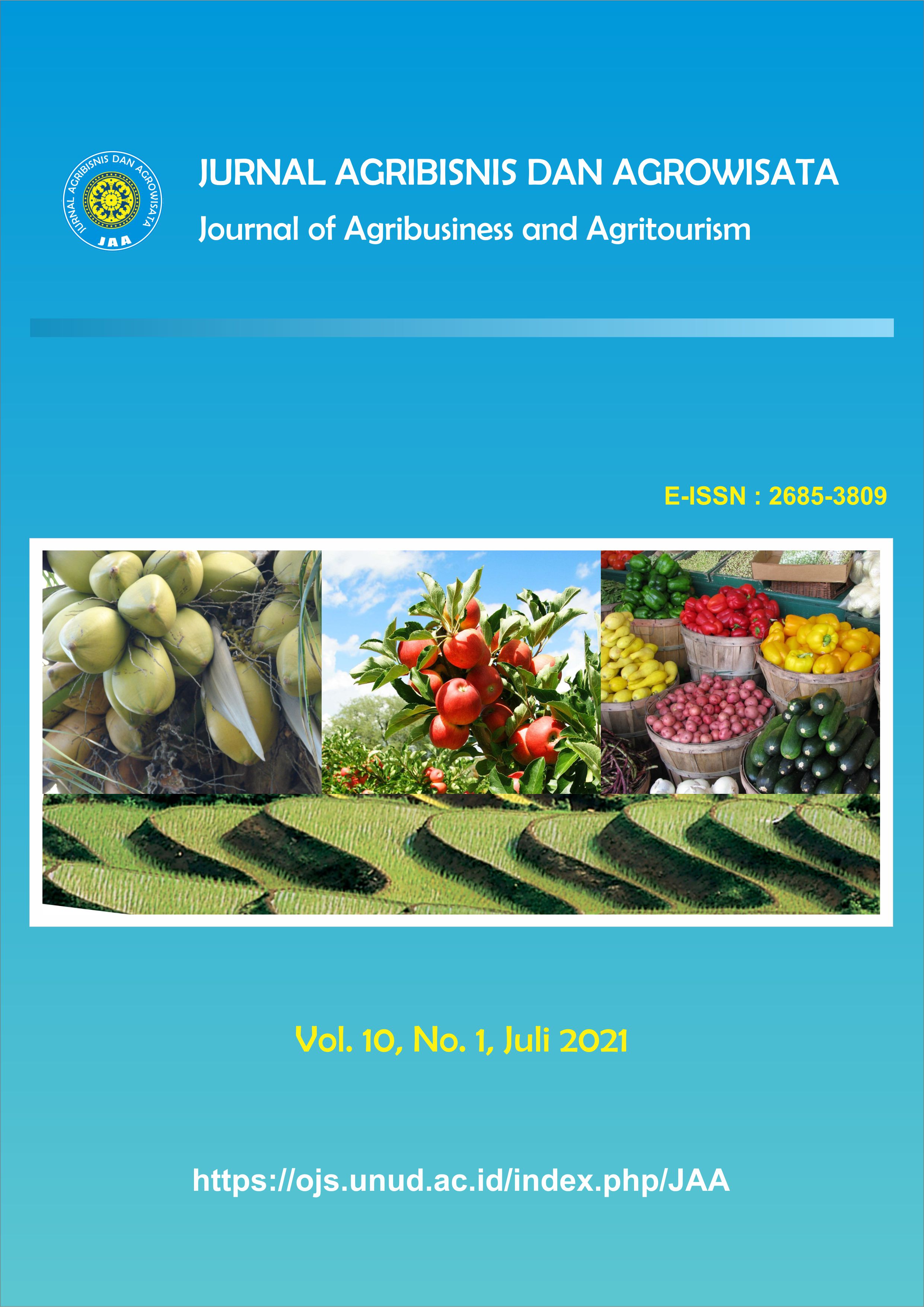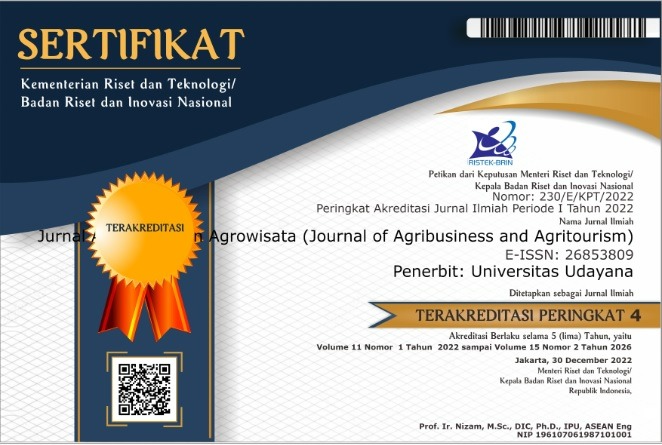Pengaruh Motivasi dan Disiplin Kerja terhadap Kinerja Karyawan PT. Songgolangit Persada Provinsi Bali
Abstract
The Effect of Work Motivation and Discipline on Employee Performance at PT. Songgolangit Persada Bali Province
Performance is the result of quality and quantity of work achieved by an employee. Factors that affect performance include motivation and work discipline. Employees with high work motivation and good work discipline will show optimal employee performance. The purposes of this study include (1) to determine the level of motivation and work discipline of PT. Songgolangit Persada Bali Province employees, (2) to find out the influence of motivation and discipline on employee performance at PT. Songgolangit Persada Bali Province. The population in this study are 68 employees of PT. Songgolangit Persada Bali Province. This study uses saturated sampling method (census) so all 68 employees were included as respondents. Data collected through observation, interviews and documentation. Data analysis is modeled into SEM (Structural Equation Modeling) model using tools such as smartPLS.3.0 software. The results of the study show a total achievement score of 82,35% for motivation level and 83,82% for discipline. This shows that the respondents’ understanding of motivation and work discipline is in the very high category. Work motivation variables have a positive and significant effect on the performance of employees at PT. Songgolangit Persada. The higher the work motivation, the higher the employee's performance in achieving production targets, and vice versa. Work discipline variable has a positive and significant effect on the employee performance at PT. Songgolangit Persada. The higher the work discipline, the higher the employee's performance in meeting the deadline in carrying out tasks, and vice versa. To improve the employee motivation, it is recommended that the human resource team increases the amount of financial assistance particularly for employees in times of hardship. In terms of discipline, it is recommended to adjust rest hours based on physical abilities of employees.
Downloads
References
Bangun, Wilson. 2012. Manajemen Sumber Daya Manusia. Jakarta: Erlangga.
Ghozali, Imam. 2014. Metode Alternatif dengan Partial Least Square. Badan Penerbit Universitas Diponegoro. Semarang.
Mathis, Robert, L. & Jonh, H. Jackson. 2006. Human Resource Management: Manajemen Sumber Daya Manusia. Terjemahan Dian Angelia. Jakarta: Salemba Empat.
Sugiyono. 2009. Metode Penelitian Kuantitatif, Kualitatif dan R&D. Alfabeta Bandung.
Tenenhaus, A., Giron, A., Saporta, G., dan Fertil, B. 2005. PLS path modeling. Computational Statistics & Data Analysis, 48 (1) : 159-364.
Wexley, Kenneth N., dan Gary A Yukl, , terjemahan Muh Shobaruddin, 2000, Perilaku Organisasi dan Psikologi Personalia, Rineka Cipta, Jakarta.
Wirawan. 2009. Evaluasi Kinerja Sumber Daya Manusia Teori Aplikasi dan Penelitian. Jakarta. Penerbit: Salemba Empat.
Mangkunegara, Anwar, Prabu. 2005. Manajemen Sumber Daya Manusia. Bandung: PT. Remaja Rosdakarya.
Singarimbun, Masri dan Sofian Effendi. 1989. Metode Penelitian Survey. LP3ES. Jakarta.







